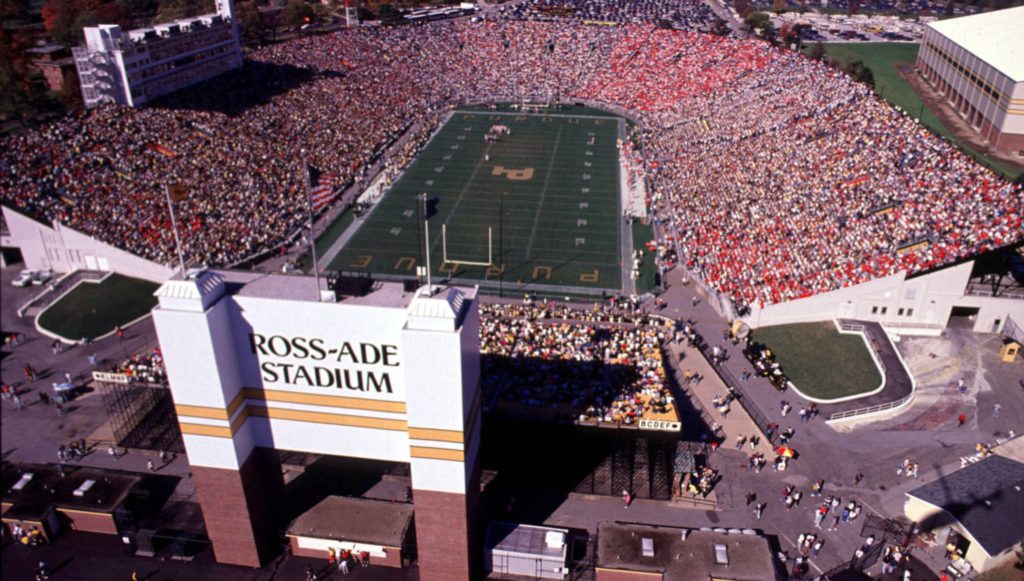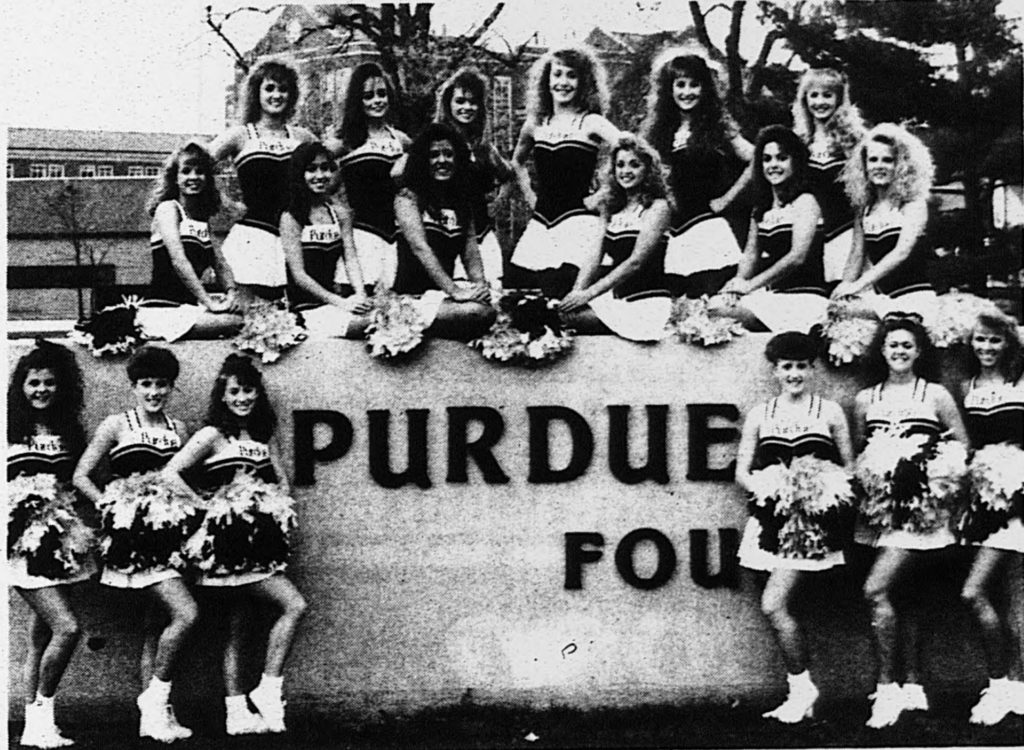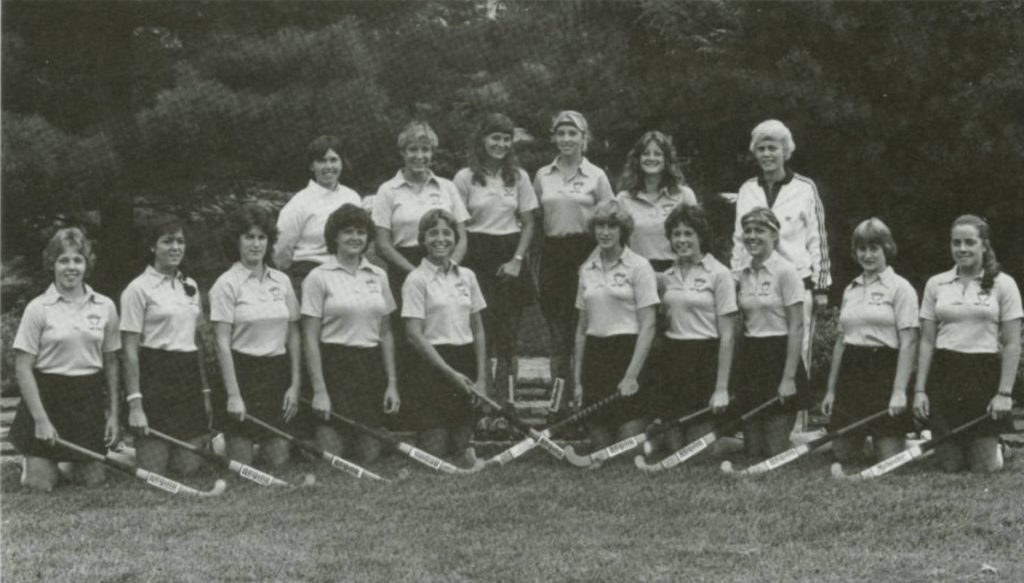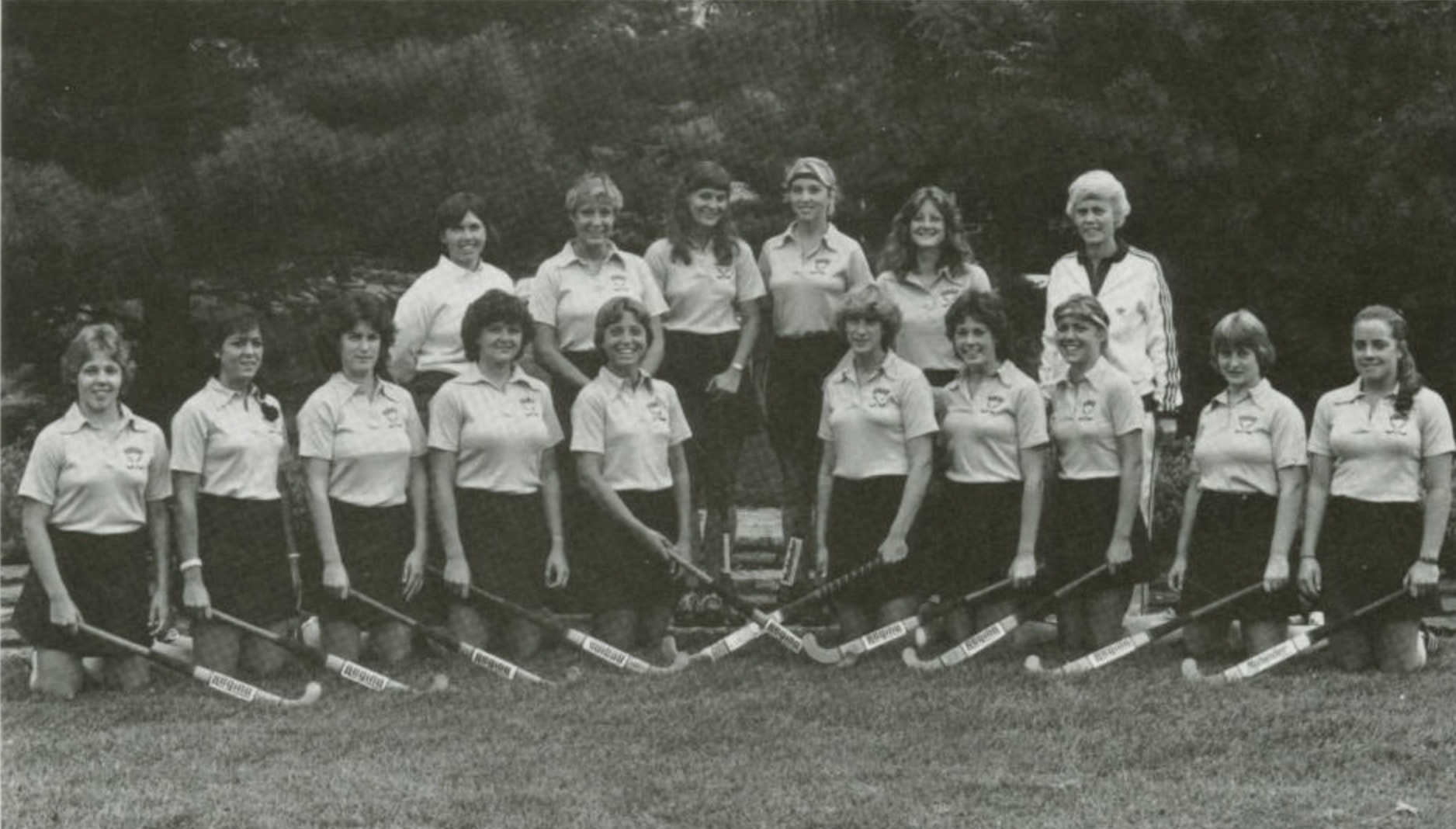Posted on October 31, 2019 by small20
Purdue Athletics’ Journey to Title IX Compliance
by Meaghan Tracy
Across the nation, American citizens woke up on June 24th, 1972 to news of federal legislators passing the Higher Education Amendments, later known as the Higher Education Act of 1972, originally proposed by the Department of Health, Education and Welfare (HEW). Nonetheless, one section of the act caught the public’s attention more than the rest; now referred to as Title IX. It stated that, “No person in the United States shall, on the basis of sex, be excluded from participation in, be denied benefits of, or be subjected to discrimination under any education program or activity receiving federal financial assistance.”(1) In other words, no student should be denied participation in any program or organization within a public university due to their sex. Programs affected included student organizations, scholarship decisions, and most infamously, athletic departments.
Although the intentions of the act were clear, the response to the act was divided. Opposers to the act, such as Indianapolis mayor, Richard Lugar, claimed it was “overregulation” at its finest.(2) Some organizations, such as the National Collegiate Athletic Association (NCAA), claimed the act would be “disruptive” and even “destructive” to the goals it was intended to achieve.(3) In many cases, the idea of a “quota system” riled fear in some, believing that in order to be compliant with Title IX, athletic departments had to cut male athletic teams so that the ratio of male to female teams was equal.(4) However, this is not a requirement nor the intention of the act; instead, the act aims to bring “the disadvantaged gender up to the level of the advantaged group.”(5) Regardless of the response, public institutions’ athletics were given a 1978 deadline to be compliant with Title IX requirements or would face loss of federal funding.(6) But, where did that leave Purdue Athletics?

In 1972, the Purdue University athletic roster was made up of only male teams. This included football, basketball, baseball, and swimming among others. After Title IX passed, Purdue added numerous female sports to its roster. A number of the new teams were female counterparts of already established male sports such as women’s basketball, women’s golf, and women’s swimming. Others were novel sports to Purdue Athletics such as women’s field hockey, and women’s volleyball. In 1976, Purdue added women’s tennis and women’s track. (7)
However, interpretations of Title IX and its related amendments were still under discussion. For instance, in addition to the number of teams provided by Purdue Athletics, the number and the amount of scholarships offered to incoming student-athletes were also regulated by Title IX. Purdue University President, John Hicks, went on record saying that “the insistence of equal per capita scholarship expenditures for men and women athletes is economically unreasonable.”(8) This is due to the fact that football requires a greater number of athletes to complete the roster, therefore a larger number of scholarships would be needed to give to male athletes. However, in contrast with the “equal per capita scholarship expenditures” problem, the Javits amendment required “reasonable provisions considering the nature of particular sports.”(9) In other words, the Javits amendment allowed for accommodations by means of equity due to expenses related to each sport. Like in the previous example, football has a larger roster due to the nature of the sport, therefore more scholarships will be given to football players than to volleyball which requires less than one-third of the players need to complete a football team.
Although the next decade brought many improvements and new opportunities to female students-athletes, Purdue Athletics still struggled to keep the momentum pushing forward. In 1987, Purdue Athletics had to discontinue the women’s field hockey team.(10) In 1993, they decided to terminate the all-female dance team known as the Boiler Babes, although the athletic department never claimed the Boiler Babes as an official sports team.(11) These were the only two teams to be discontinued after the implementation of Title IX and are two of seven in Purdue’s history to be terminated from the athletic roster. Other teams include squash racquets which was discontinued in 1950, pistol shooting in 1945, water polo in 1941, fencing in 1940, and gymnastics in 1932. These two teams were also the only two all-female teams to be let go from the Purdue Athletics Department.(12) Why make a move that seems to go against the momentum of Title IX?

For the Purdue Dance Team, it came down to budget. According to the Purdue Exponent article that announced the team’s termination in February of 1993, the team’s advisor proposed a $5,000 budget, in addition to a plea for the team to have a coach and the opportunity to attend a competition camp with the cheerleaders. In reviewing the budget, and comparing the dance team to the cheer team, the Purdue Athletic administration decided that the Purdue Dance Team no longer had a place in the athletic department.(13) In analyzing the team’s elimination, most would reason that it was due to the fact that dance is not a recognized sport, therefore cutting the dance team would make room for new teams to form. However, there are no sport exclusions under Title IX, and compliance is only measured by individual participation opportunities.(14) Regardless, the Purdue Dance Team later became a student organization and is still functioning to this day.

Purdue Women’s Field Hockey was discontinued for a different reason. In the beginning, field hockey at Purdue was a club sport, but after Title IX, Purdue welcomed the team into the athletic department. During the team’s twelve years at Purdue, it achieved three Big Ten conference titles, and the coach, Nancy Cross, was awarded Big Ten Coach of the Year in 1986. However, as Purdue made moves to build the Mollenkopf athletic facility on campus, it was determined that a sport had to be cut to keep the budget in balance. In addition, a video documenting women athletics at Purdue featured Nancy Cross who explained that “field hockey was not played in the public schools, it was played in the private schools in Indiana…So, it was determined that that was the sport to be eliminated.”(15)
However, after these two teams were cut from the athletic department, new teams were introduced under the direction of new athletic director, Morgan Burke. In 1994, the women’s softball team began its time at Purdue University, and 1998 marked the soccer’s team beginning, as well.(16) The Journal & Courier reported in 1997 that Purdue’s differential in proportion of female athletes to female enrollment at the university was 6%, deeming them compliant with Title IX standards. This differential also ranked Purdue tenth most compliant in the nation and second in the Big Ten Conference.(17) With nine female teams and nine male teams, Purdue University was finally compliant with Title IX. However, one should not forget the irony of the events in 1987 and 1993 in which two female teams were denied the ability to compete in their respective sports under Purdue University after legislation was passed ensuring female athletes has the opportunities to do so.
- “Title IX Frequently Asked Questions,” NCAA, accessed October 20, 2019.
- “Lugar proposes economic plan, use food as ‘strategic weapon’,” Purdue Exponent, September 19, 1974, 7.
- Linda Deacon, “Universities oppose HEW,” Purdue Exponent, November 1, 1974, 23.
- Bruce Ramey, “Dr. Hicks: Title IX economically unrealistic,” Journal and Courier, December 10, 1979.
- “Title IX Frequently Asked Questions,” NCAA.
- Linda Robb, “Directors review women’s sports,” Purdue Exponent, November 19, 1975, 16.
- John Estes, et al., Purdue Athletics: A Century of Excellence (West Lafayette: John Purdue Club Office and Athletic Relations Public Office, 1987), pp. 186-191.
- Bruce Ramey, “Dr. Hicks: Title IX economically unrealistic.”
- Purdue Sports, History of Women Athletics at Purdue,
- Tom Kubat, “Women’s Soccer Keeps Boilers in Line,” Journal and Courier, April 19, 1997, 1.
- John Estes, et al., Purdue Athletics: A Century of Excellence.
- Lisa Parney, “Dance team performs last season,” Purdue Exponent, February 16, 1993.
- “Title IX Frequently Asked Questions,” NCAA.
- Purdue Sports, History of Women Athletics at Purdue, 2012.
- Ibid.
- Tom Kubat, “Women’s Soccer Keeps Boilers in Line.”
References
Deacon, Linda. “Universities oppose HEW.” Purdue Exponent, November 1, 1974. https://expo nent.lib.purdue.edu/?a=d&d=PE19741101-01.1.23&srpos=4&e=–1972—2010–en-20–1-byDA-txt-txIN-Title+IX——-
Estes, John, and Pence, Bob, and Vruggink, John. Purdue Athletics: A Century of Excellence. West Lafayette: John Purdue Club Office and Athletic Relations Public Office, 1987.
Kubat, Tom. “Women’s Soccer Keeps Boilers in Line.” Journal and Courier, April 19, 1997. https://www.newspapers.com/image/264425382/?terms=women%27s%2Bsoccer%2Bkeeps%2Bboilers%2Bin%2Bline
“Lugar proposes economic plan, use food as ‘strategic weapon’.” Purdue Exponent, September 1, 1974. https://exponent.lib.purdue.edu/?a=d&d=PE19740919-01.1.7&srpos=2&e=–1972—2010–en-20–1-byDA-txt-txIN-Title+IX——-
Parney, Lisa. “Dance team performs last season.” Purdue Exponent, February, 16, 1993.
Purdue Sports. History of Women Athletics at Purdue. 2012. https://www.youtube.com/watch?v =RC2P5PxHzN4
Robb, Linda. “Directors review women athletics.” Purdue Exponent, November 19, 1975. https://exponent.lib.purdue.edu/?a=d&d=PE19751119-01.1.15&srpos=19&e=–1972—2010–en-20–1-byDA-txt-txIN-Title+IX+three+years——-
“Title IX Frequently Asked Questions,” NCAA, accessed October 20, 2019. http://www.ncaa.or g/about/resources/inclusion/title-ix-frequently-asked-questions#title
